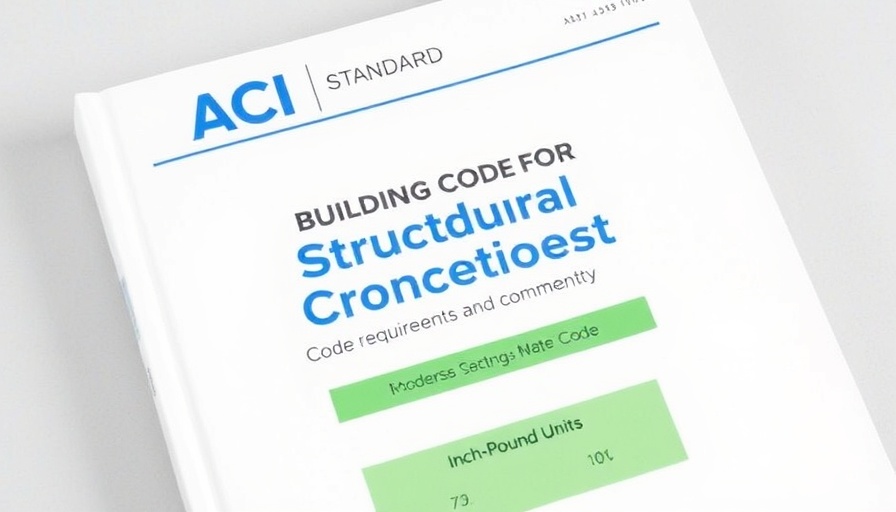
Transforming Lives Through Infrastructure: A Case from Africa
Roads are the veins of any economy, transporting goods, services, and people. In regions where infrastructure has crumbled, the absence of effective transportation networks can stifle growth and development, leaving communities isolated. An inspiring project led by Engineer ECS and Engineers Without Borders has not only restored a vital road but also rejuvenated hope for communities in Africa.
Why This Project Matters
Restoring access in remote regions provides more than just a pathway—it connects people to essential services, markets, and opportunities. This specific project revitalized an impassable road that had been in disrepair for years. The benefits extend beyond mere transportation; locals gain improved access to education and healthcare, ultimately contributing to overall economic development.
Learning from the Ground Up: Engineering Innovations
With technology at the helm, the restoration relied on innovative engineering solutions tailored to the environmental challenges typical in African regions. By employing sustainable materials and modern construction techniques, the team could ensure longevity and resilience against harsh weather conditions, as highlighted by current trends in construction technology.
Project Efficiency: A Blueprint for the Future
This project serves as a crucial learning opportunity for commercial construction firms back home. Emphasizing project efficiency and cost management, engineers can draw parallels between this international endeavor and domestic construction practices. Streamlining processes not only reduces costs but also enhances the quality of outcomes—a priority for any modern construction company.
Community Engagement: The Heart of Development
One of the standout features of this initiative is the level of community involvement. Local labor was utilized extensively, fostering skills development and ownership among residents. Such engagement is essential, ensuring that infrastructure projects yield long-term benefits that align with the community's needs. The project’s success lies not just in building a road but in enhancing the community's capacity to maintain and benefit from it.
The Road Ahead: Future Implications
As we look ahead, the success of this road restoration project could inspire similar initiatives across various regions facing infrastructural challenges. It provides a template for how engineers, communities, and organizations can collaborate effectively to achieve sustainable outcomes that extend well beyond the construction phase. This collaboration is crucial for balancing economic growth with environmental stewardship, aligning with current global construction trends.
It’s clear that projects like these teach invaluable lessons in engineering, sustainability, and community development. Performance and impact resonate across borders and serve as a reminder of the power of infrastructure in shaping lives.
If you’re a commercial construction leader or enthusiast, consider what lessons from this project can apply to your operations. Let’s prioritize efficiency, community engagement, and innovation in our future projects.
 Add Row
Add Row  Add
Add 




Write A Comment